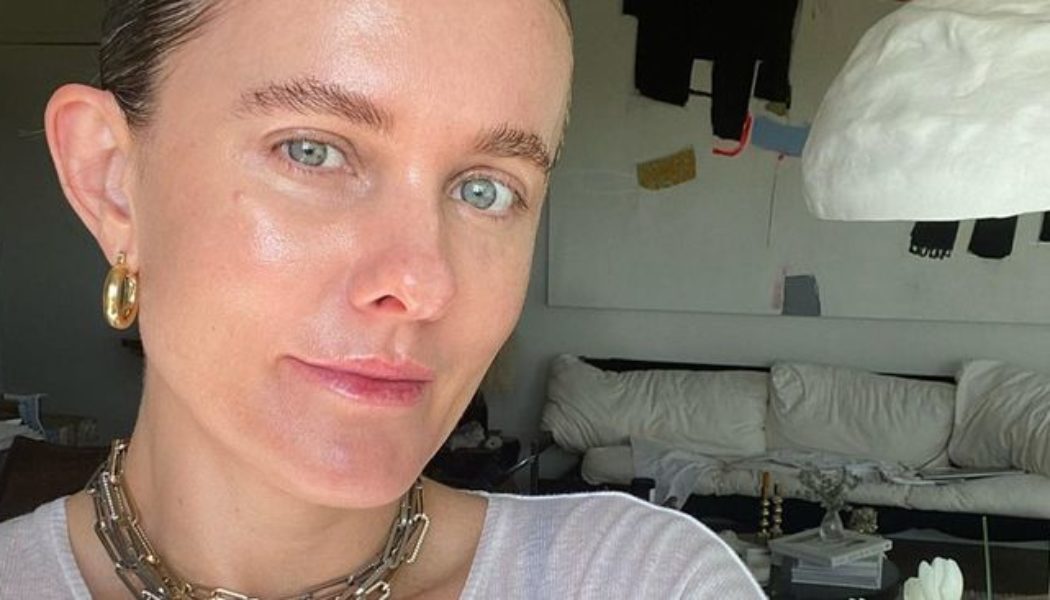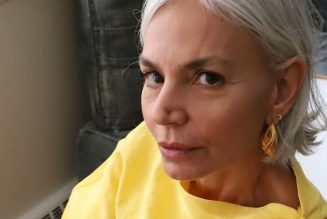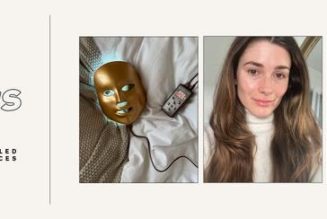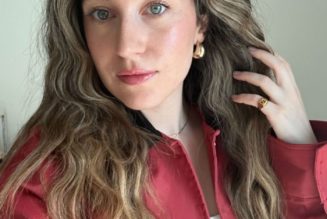
What are threads, exactly?
There are a couple of different kinds of threads that are popular on the market in the US. PDO threads are biodegradable absorbable sutures that are made from polymer comparable to a complex sugar. Less popular are the threads that are made from poly-L lactic acid (same as Sculptra) and are also made from absorbable polymers that signal collagen growth and tissue renewal.
They are known as “threads” in the aesthetic space but have been used in surgeries for decades under the name “sutures.” That’s right—these cosmetic enhancement threads are made of the same materials that surgeons use to close up lung and heart tissue.
Cosmetic use of sutures from plastic surgery gained real traction in the late ’90s and early 2000s when threads were used to suspend damaged cheek tissue and soon after that, permanent sutures were being used to help lift the face, however, the permanence served as more of a problem than a solution and it was recognized that the absorbable sutures have fewer risks, were more aesthetically pleasing, and could be placed and customized according to the patient’s aging process.
These days, threads are used to help lift sagging brows, contour the midface, and tighten the jawline area that becomes susceptible to “jowling.” Popularity is growing in the aesthetic medical industry every day.
What types of threads are out there and how do you know which one is right for you?
PDO and PLLA threads are the two main types of threads that you will find being used in the U.S. by providers, PDO being the most widely used. They are both bio stimulators, causing the skin and tissues to strengthen and build collagen, but PDO threads tend to be made in a wider variety and in more flexible and customizable forms than the PLLA threads which are typically placed deeper in the tissues and can have more risks with dimpling and granulomas.
I prefer to use PDO threads with my patients and within that framework, there are many different profiles of PDO threads. There are smooth threads to build skin thickening, twisted or cyclone threads to induce amplified skin thickening, there are barbed or cogged threads that are meant for lifting, and within the barbed thread choices, there are unidirectional and bi-directional threads depending on the support needed to hold and suspend the tissues upwards.
Think of it like this: If your concern is to lift the face and tighten the jawline, you will most likely need the barbed threads. If your concern is more of skin thinning and laxity, you will most likely need the smooth or cyclone threads, possibly in combination with a lift depending on the area.
How do threads work? Can you explain your technique/process?
Threads are considered bio-stimulators in the sense that they signal our bodies to react and essentially heal themselves. The threads (both lifting and thickening) are placed in the mid to deep dermis tissue in a specific layout or pattern to induce collagen by increasing fibroblast activity. As the threads are absorbed, your collagen takes the place of the thread.
For example, when lung tissue is sutured with PDO, the thread doesn’t stay there permanently but instead promotes the surrounding lung tissue to take its place and hold itself. It is a brilliant process of hinting to the body that some regeneration needs to occur.
You are renowned for your threads technique now and were an early adopter of the process. How long have you been doing threads and why was this a procedure you wanted to offer and be an expert in?
I have now been working with threads for four years. Initially, when I first started learning about threads closer to eight years ago, I didn’t feel like we were there yet with the science and techniques. There were a lot of complications I had heard of and the trainings I received didn’t leave me feeling confident about the results, but fast forward to three years ago and we now have very delicate threads with stronger barbs, better techniques, and the science is more refined as we can learn from our Asian colleagues who have been working aggressively with threads for the past decade.
I invested a lot of time and money in receiving training from not just Western providers but from South Korean aesthetic providers who have had much more experience and have a gentler approach to significant transformations.
Threads have been a major part of my practice because previously with filler and neuromodulators, I was able to volumize and smooth a face but I wasn’t able to lift a face without adding fullness in specific areas. Threads give me a way to lift and address thin skin without making a face look heavier or puffy in any way, and patients love that.











